It’s time to plant summer blooming bulbs. I wrote this in early January because the bulb growers and dealers ship as early as February. It’s June now, and bulbs surround us in bloom. These blooms will grace the summer garden, and some will last for you well into next fall.
The image above is of a cattle ranch on a Hawaiian mountaintop. The lawn surrounded by blue Agapanthus reflects the blue bay below. Unforgettable!
To learn more about individual flowers, click on the plant’s name.
Plan next summer’s garden now; you can plant these bulbs in spring. When can you plant them? You can safely grow when the soil has dried, and the temperature is 60 F and above. Here is a list of ideas you might like.
Start now to have summer blooms in your garden. These bulbs are semi-tropical perennials.
The bulbs will add some of your most brilliant summer colors with minimal effort. They do not need to be planted in the fall like the spring-blooming bulbs.
When the bulbs you planted last fall begin spring blooms, it is the right time to add another layer to take over decorating the garden when the spring flowers are done.
Many will have extended bloom periods, and some will take your garden into fall. These will fill in your plant beds and borders. You can use them in containers with your summer annuals, which will provide cut flowers.
Here are reports on individual plants you may like to use in your garden. I will continue to add to these.
The bulb suppliers offer their shipping schedules on their websites. Shipping usually begins in the warmest zones in February or March. They will arrive in time to plant.
Open the packages and inspect the bulbs for their condition. They should be firm, with multiple eyes and no sign of softness or odor. The report on Agapanthus includes a list of dealers.
We generically use the term bulb for all these little lumps we hopefully put in the dirt. There are some distinctions you might like to know.
An actual bulb is a modified stem surrounded by fleshy scale leaves. It stores nutrition. Examples are Allium, Amaryllis, and Tulips.
Rhizomes are swollen stems. They grow horizontally. Examples are Iris, Lily of the Valley, and Canna.
Tubers are thick underground stems. To plant them, dig a hole 6-8″ deep and plant the tuber with “eyes” up and covered with 1-3″ of soil. Tubers include potatoes, beets, carrots, and elephant ears.
Corms are short, thickened underground stems. Their orientation is vertical. Examples of corms are crocus, gladiolas, and tuberous begonias.
Anatomy of a Bulb, some university-based research with diagrams.
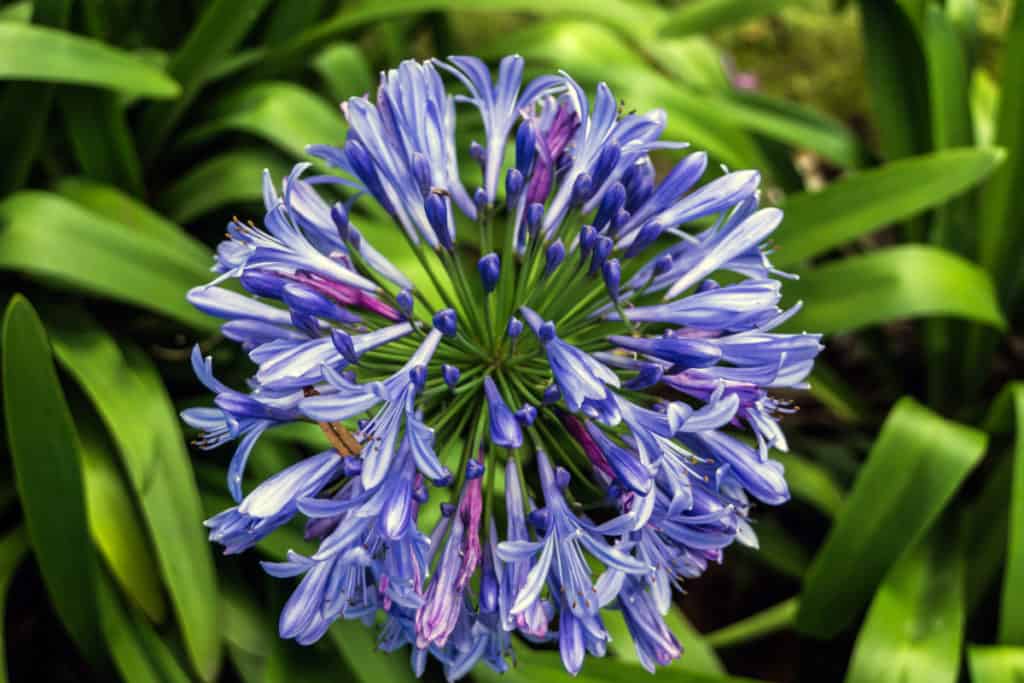
Agapanthus produces tall (2′-5′) large globes of flowers primarily in whites and blues (ranging from pale to lavender to almost black.) Use these in beds and borders, containers, and in the house. It will extend to late in the summer in temperate climates. They originated in South Africa.
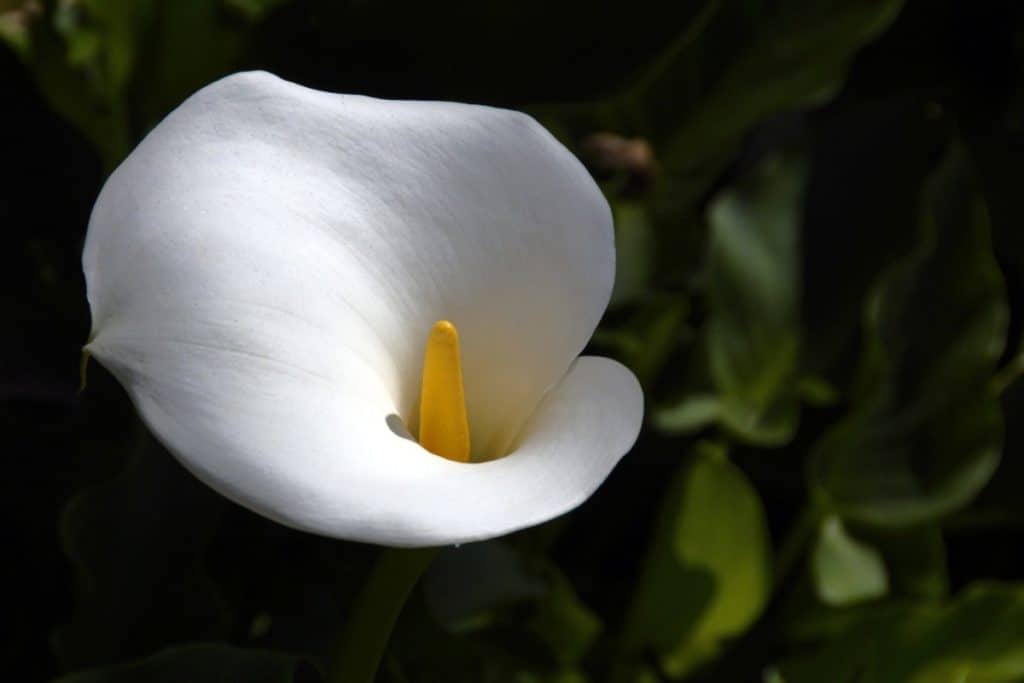
Calla Lilies have a place in art, faith, mythology, your garden, containers, and home. They produce creamy white trumpets (also in some dramatic color combinations. If you get the location suitable for these flowers, they will give you years of pleasure. They originated in South Africa.
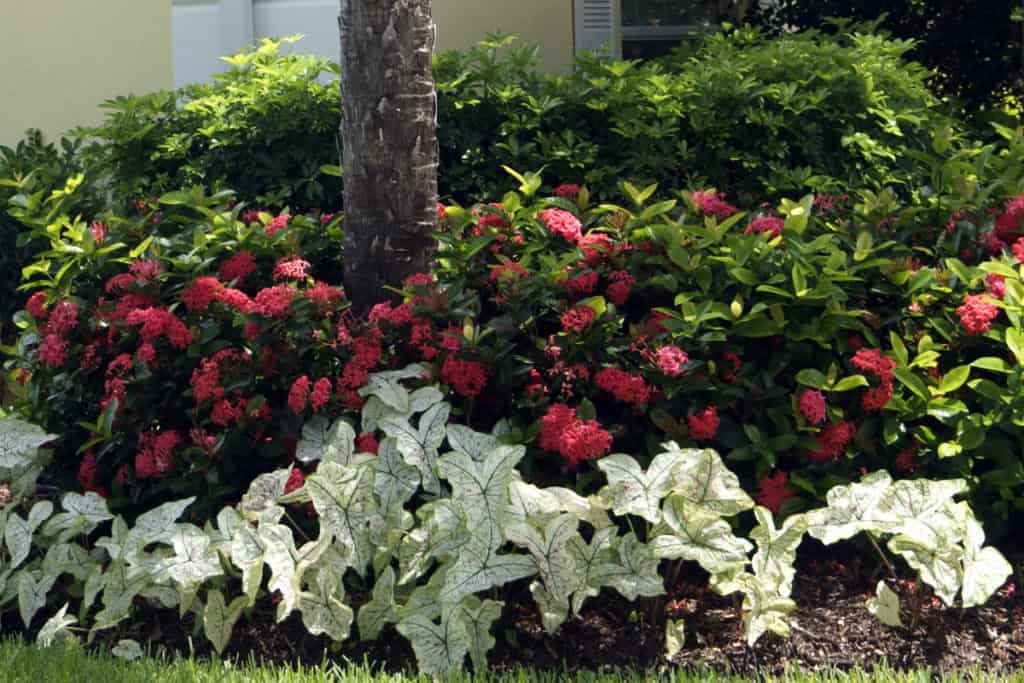
Most of the world’s Caladiums are grown in a small Central Florida town. The large, ethereal foliage comes in unique patterns and vivid colors. They come in two types requiring different conditions. They originated in the Amazon.
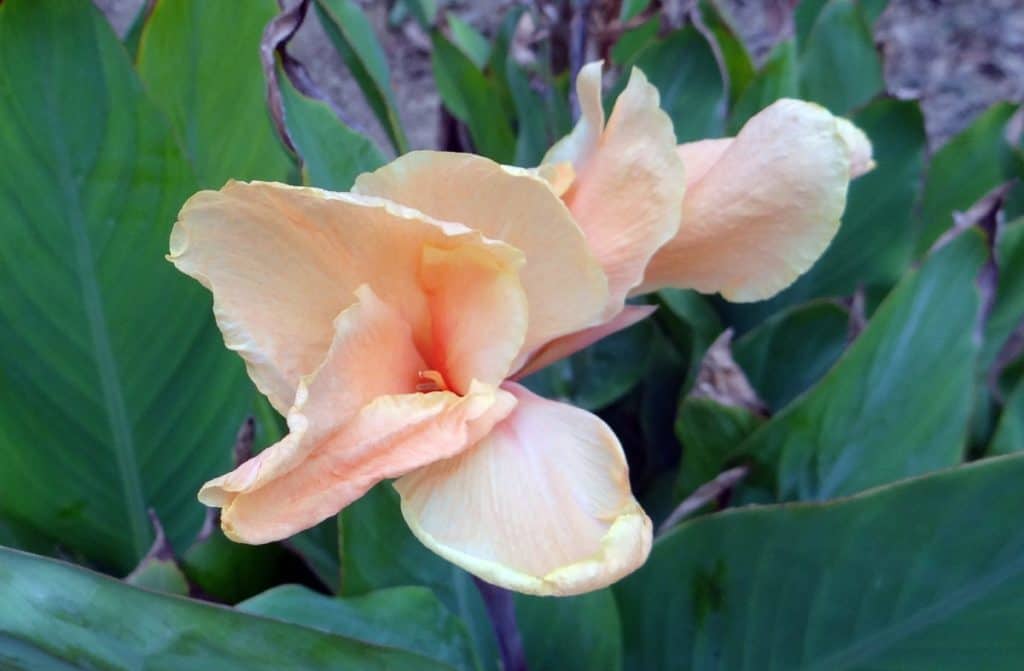
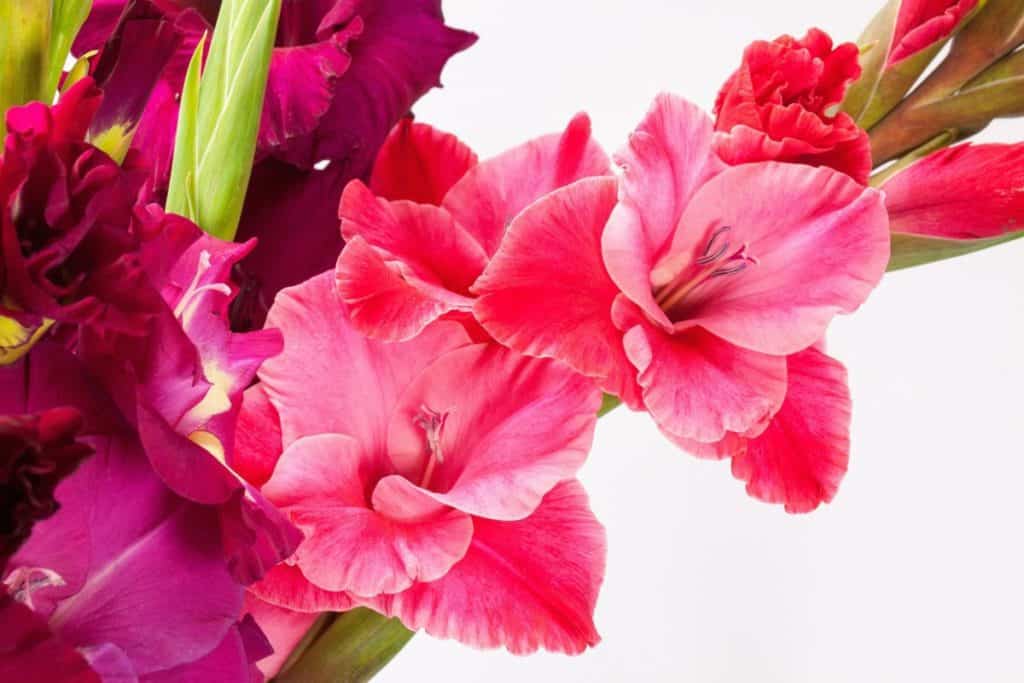
Gladiolus means “little sword” in Latin, and we love the spears of color indoors and out. Early species originated in the Mediterranean and South Africa, but they were brought to Europe and spread worldwide.

It is not a true lily; it is lily-like and comes in tremendous variety. You buy and plant swollen roots instead of a bulb. The right varieties are hardy in a huge variety of zones and do not need to be raised for the winter.
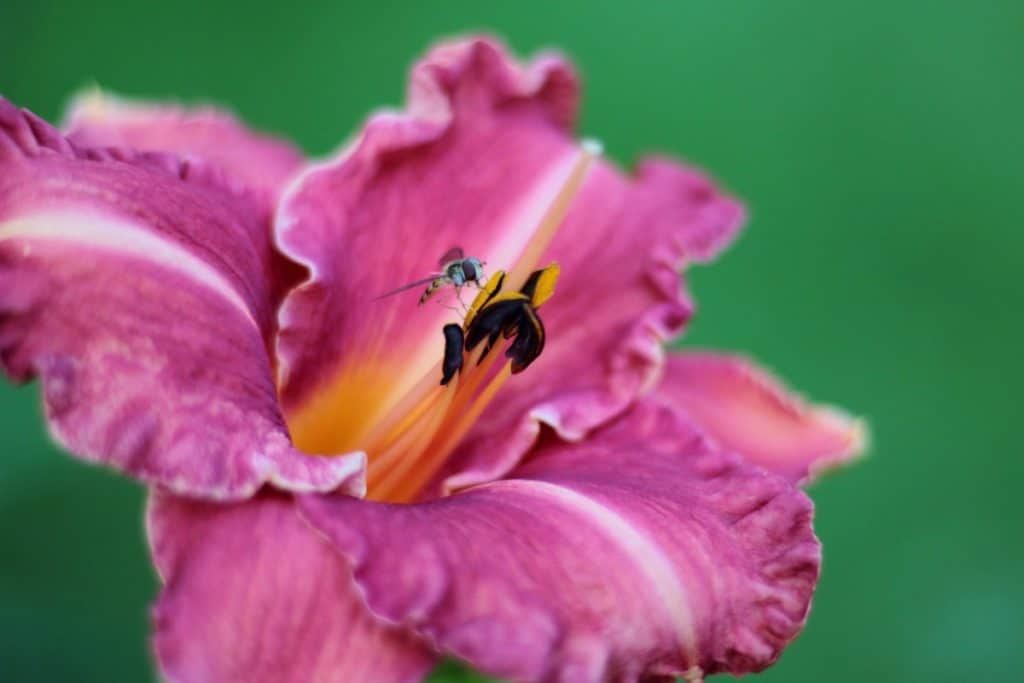
Choosing Potting Soil: Plants in a container have special requirements. Here is how to know what should be in the bag at the garden center.
Garden Tools We Would Not Be Without. tools to make gardening more accessible and more productive.
Sun Protection In The Garden: Enjoy the garden without risking sun damage.
The Besthttps://rootsandmaps.com/garden-tools-we-would-not-be-without/ Garden Seat and Kneeler: Planting bulbs usually means sitting or kneeling. This great folding Seat/Kneeler makes it a lot easier.
Trying Out A Hori-Hori Knife: This is a multipurpose tool that is a very handy way to plant bulbs and do lots of other garden chores.
January In The South Florida Garden: Some tasks must be done in certain months. Here is what to do in the first month of the year.
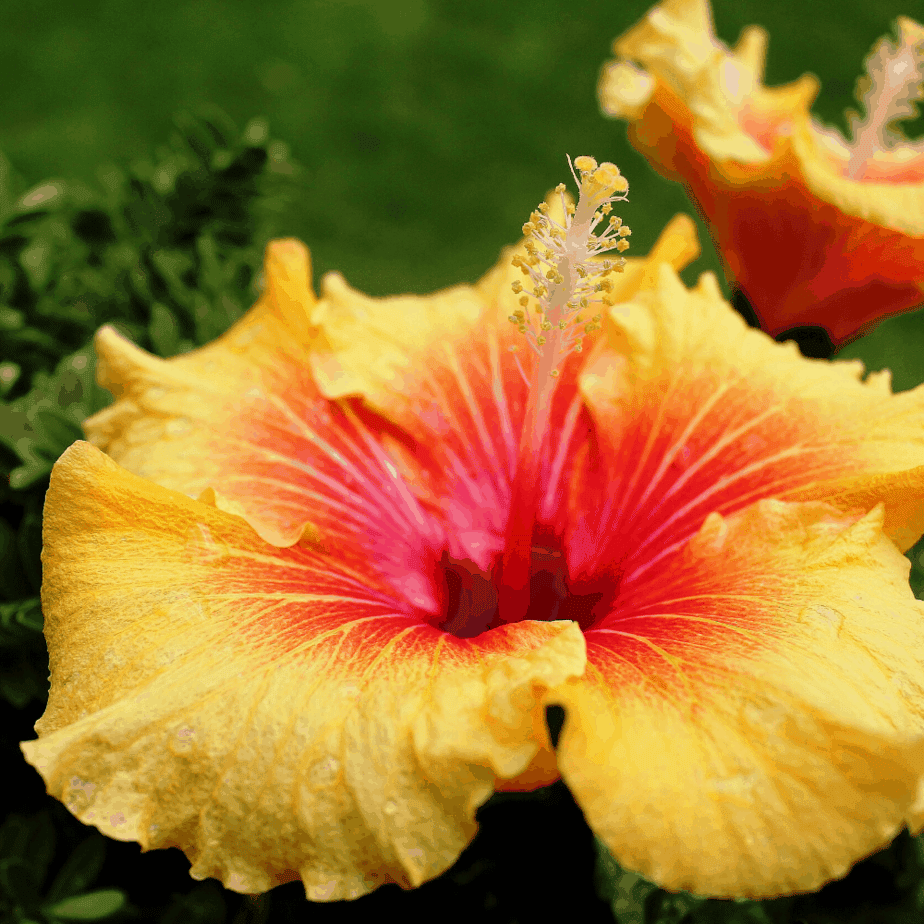
February In The South Florida Garden: This month is the height of the social season. We must spend some time in the garden; the weather is perfect.
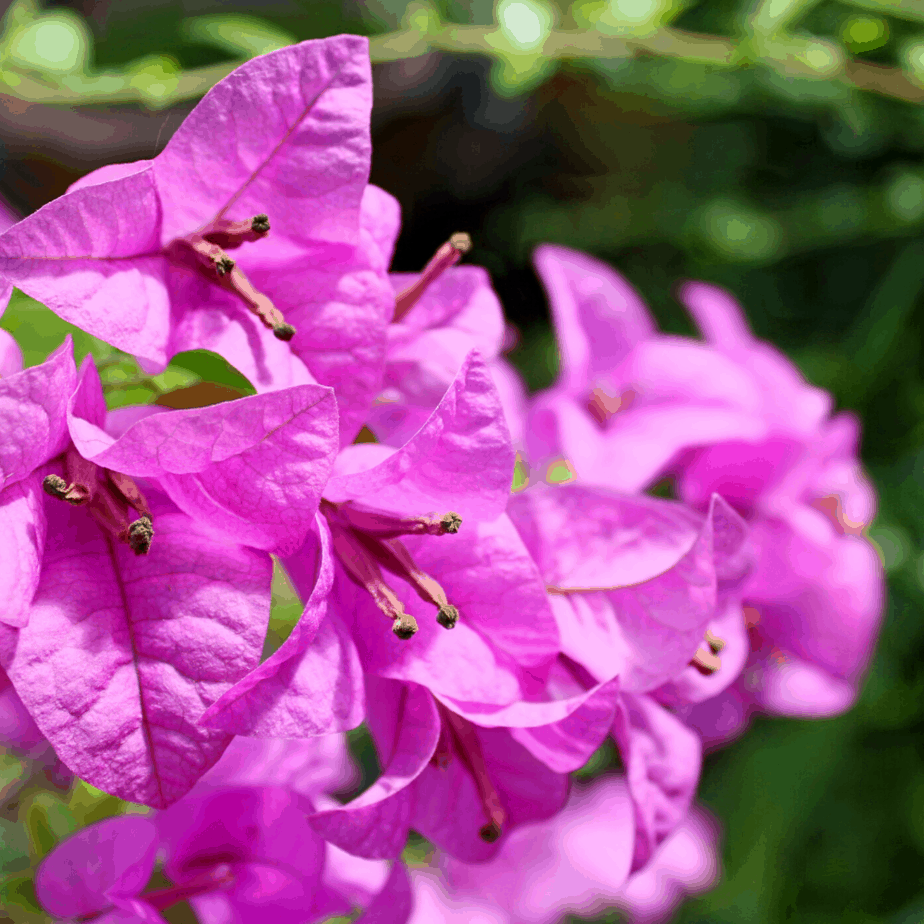

Sign up for my newsletter and download my complete guide to a year-round hurricane-ready garden. It’s the plan designed by two Master Gardeners in the Hurricane-prone tropics!